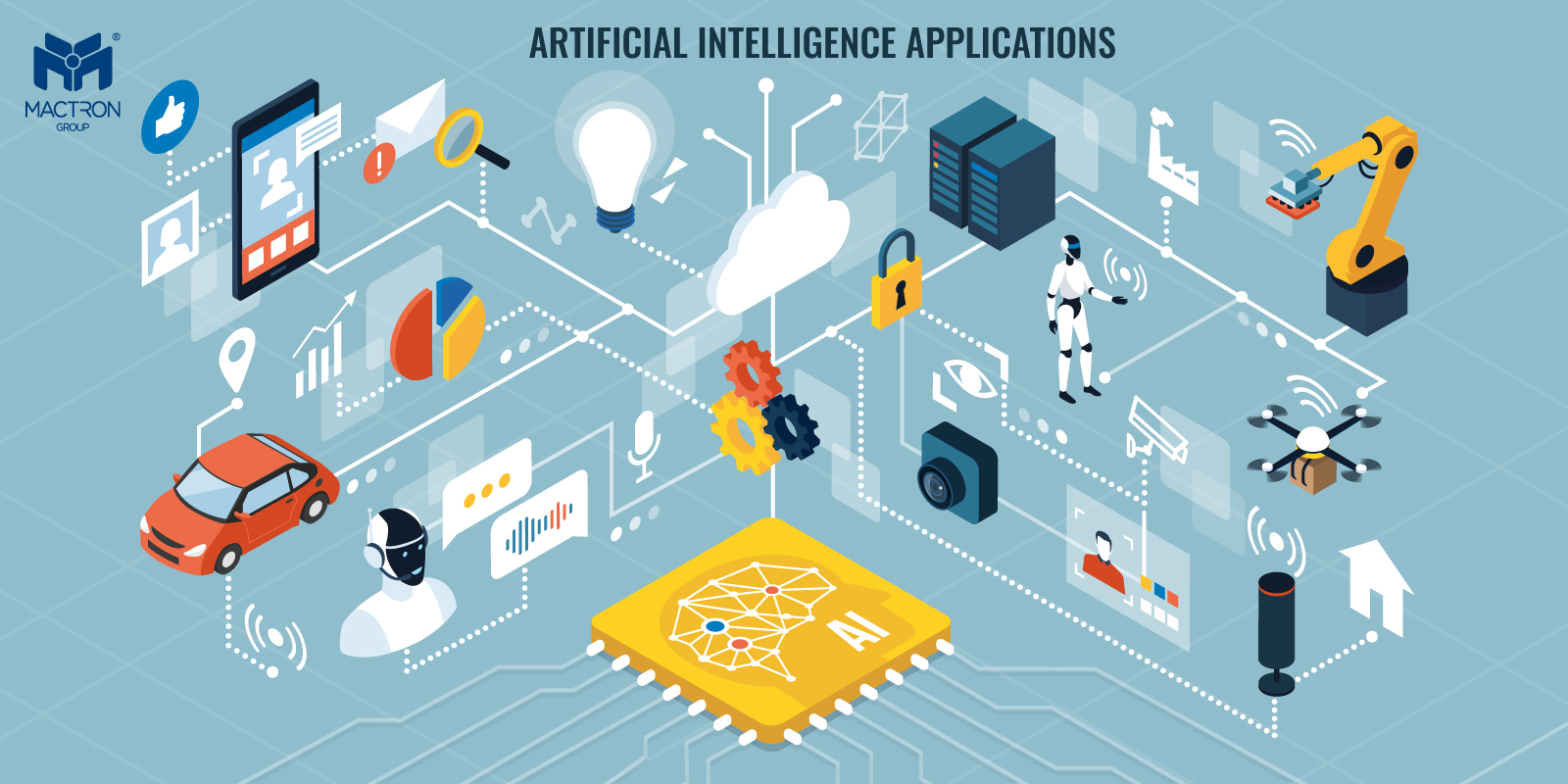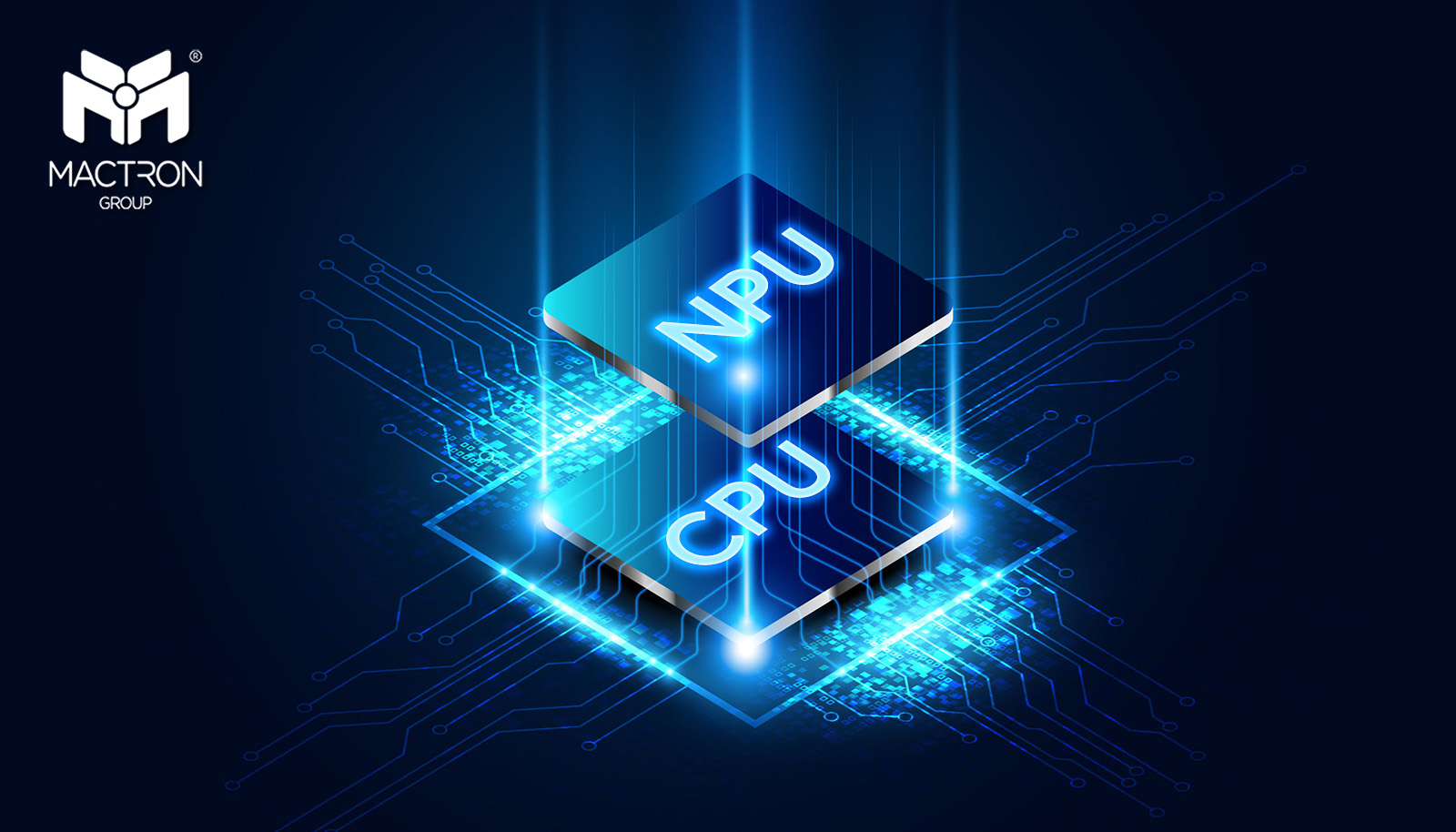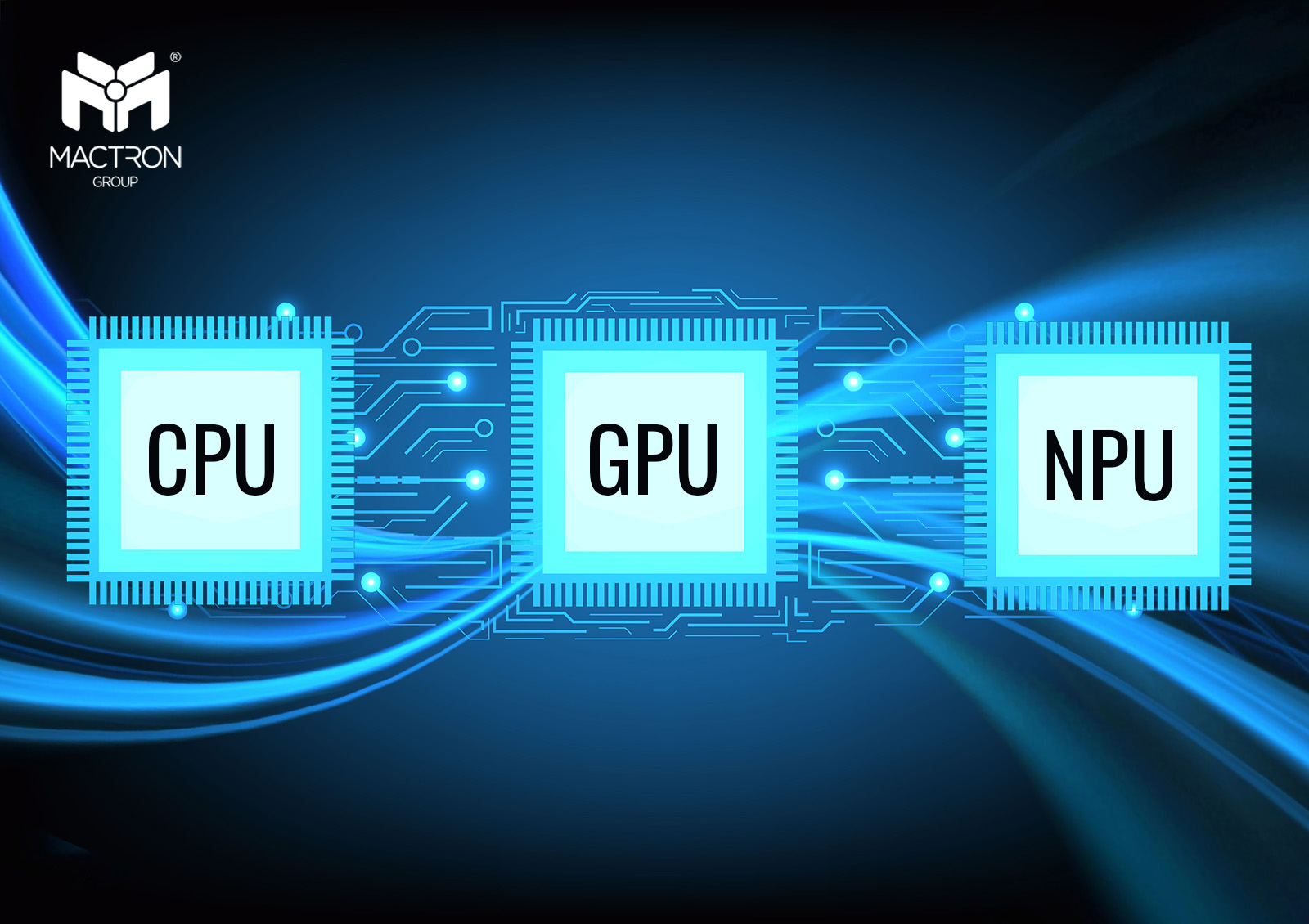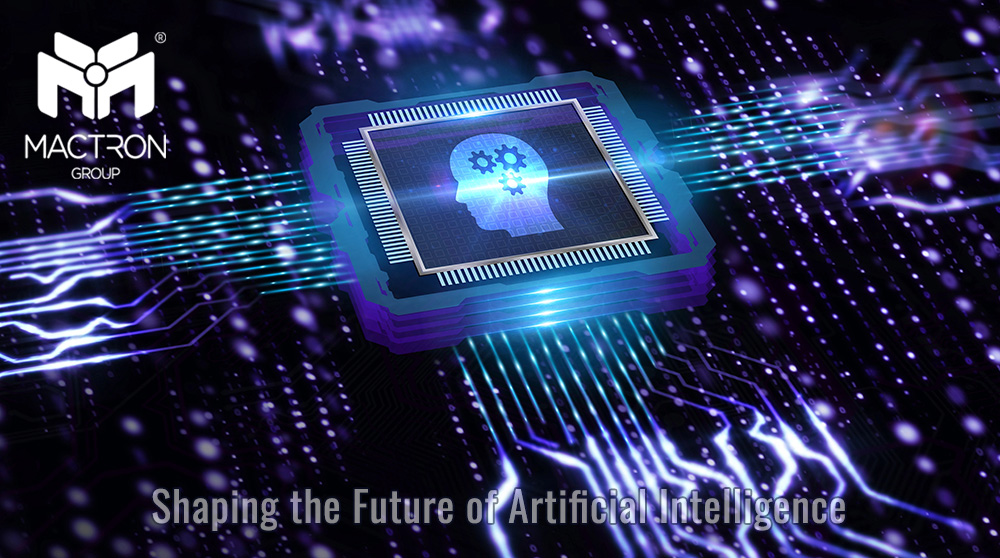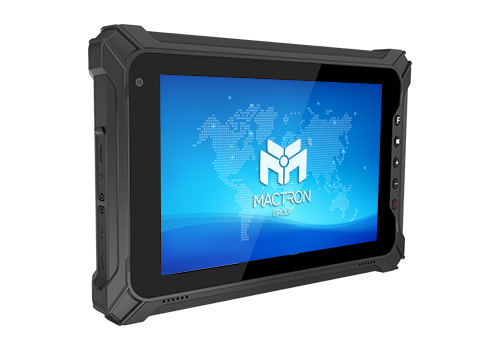What is Wi-Fi 7?
Wi-Fi 7 is the seventh-generation wireless networking standard developed by the Wi-Fi Alliance. Building on the foundation of Wi-Fi 6 and Wi-Fi 6E, it significantly improves performance in key areas such as higher data rates, lower latency, multi-device support, and enhanced reliability. The aim of this standard is to provide a superior wireless solution for ultra-high-speed application scenarios.Ideal for Next-Gen Notebooks
Rugged notebooks equipped with Thunderbolt 4 are no longer limited by mobility—they're evolving into high-performance workstations built for harsh and mission-critical environments. With a single Thunderbolt 4 connection, these devices can power external displays, access high-speed storage, connect to secure wired networks, and support a full range of input peripherals—instantly transforming into a complete desktop-grade solution.Core Technical Features

1.Wider Bandwidth: 320MHz Channels
Wi-Fi 7 supports ultra-wide 320MHz channels—twice the bandwidth of Wi-Fi 6’s 160MHz. This enables significantly faster data transmission and increased capacity, with theoretical speeds reaching up to 46 Gbps.2. Multi-Link Operation (MLO)
MLO (Multi-Link Operation) allows devices to transmit data across the 2.4GHz, 5GHz, and 6GHz bands simultaneously. This improves connection stability and reduces latency—ideal for high-demand, real-time applications like gaming or video conferencing.3. 4096-QAM (Quadrature Amplitude Modulation)
Wi-Fi 7 uses 4096-QAM, an upgrade from Wi-Fi 6’s 1024-QAM. This allows more data to be carried in each signal transmission, resulting in better spectral efficiency and higher throughput.4. Multi-RU & Puncturing (Multi Resource Unit)
Wi-Fi 7 enables the use of multiple non-contiguous resource units (RUs) simultaneously. This reduces the risk of transmission interruption caused by interference on a single channel, improving efficiency and reliability in noisy environments.5. Ultra-Low Latency with TSN Technology
Wi-Fi 7 supports Time-Sensitive Networking (TSN), enabling synchronized data delivery with latency as low as under 1 millisecond. This is critical for latency-sensitive applications such as cloud gaming and remote medical services.Wi-Fi 7 in Real-World Scenarios: Where It Truly Shines
| Use Case | How Wi-Fi 7 Makes a Difference |
| Smart Homes | Connects multiple smart devices simultaneously with stable streaming and smooth performance. |
| AR/VR & the Metaverse | Offers ultra-fast speeds and low latency for immersive wireless experiences. |
| Cloud Gaming / 8K Streaming | Wider bandwidth ensures smoother visuals, minimal lag, and highly responsive gameplay or streaming. |
| Remote Work & Video Meetings | Supports multiple online users at once without compromising performance. |
| Smart Factories / IoT | Efficiently manages large numbers of devices with TSN for accurate and synchronized communication. |
Device Support and Deployment Status
Wi-Fi 7 support is rapidly expanding across various brands. If you’re using our MAS1015 or MAS0805 models (currently Wi-Fi 6-enabled), you can consider upgrading to a newer Wi-Fi 7-supported version. We also offer other models tailored to your specific needs—feel free to explore our full product lineup.Conclusion: A Wireless Standard Built for the Future
As devices and routers continue to evolve, Wi-Fi 7 adoption will accelerate, ushering in a truly next-generation high-speed wireless era.
Contact MACTRON GROUP (MTG) for more information.




